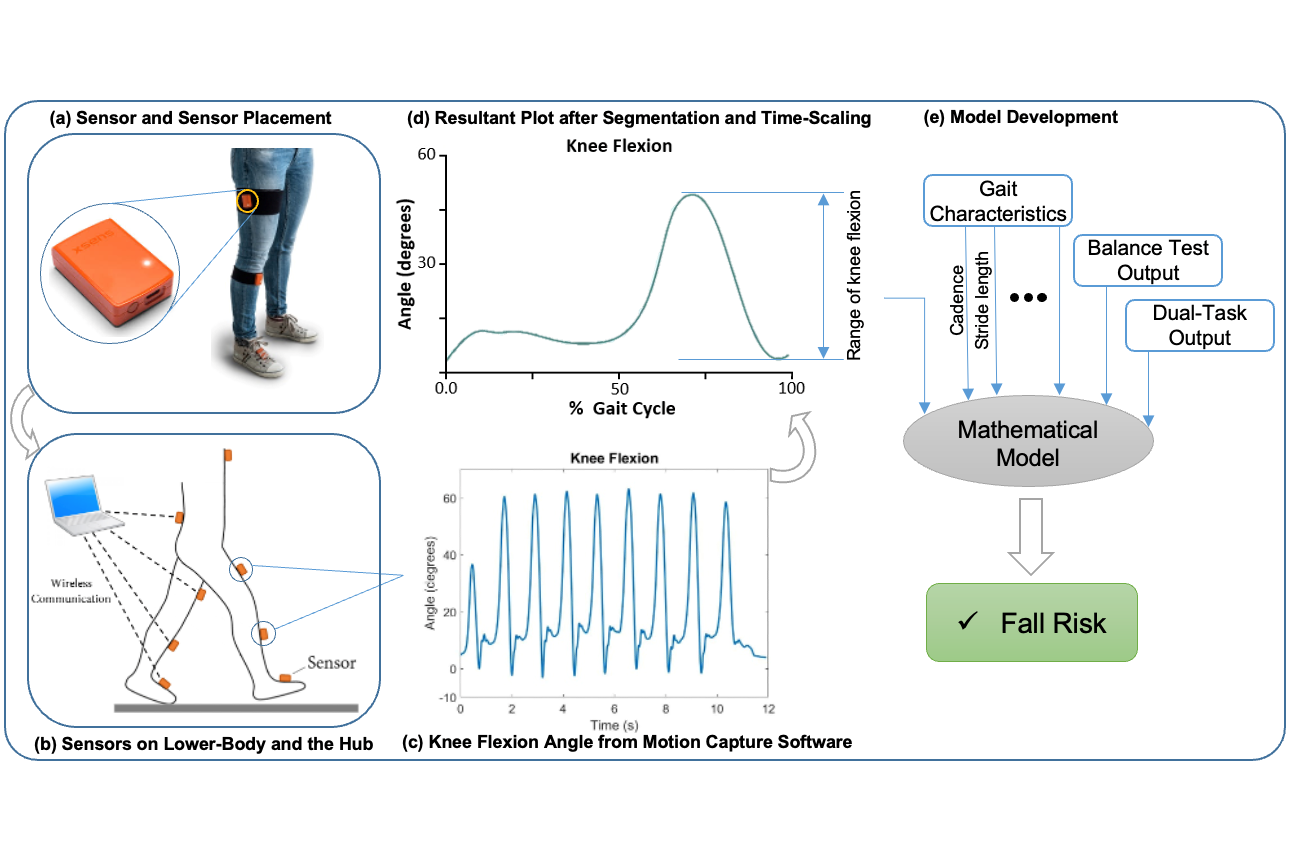
Ehsan Rashedi
Assistant Professor
Ehsan Rashedi
Assistant Professor
Education
BS, MS, Sharif University of Technology (Iran); MS, Ph.D., Virginia Polytechnic Institute and State University
Bio
Dr. Ehsan Rashedi is director of Occupational Ergonomics and Biomechanics Laboratory in Industrial and Systems Engineering Department. His research interests include both theoretical and application-oriented research topics, covering several aspects within the fields of ergonomics, biomechanics, work physiology, safety, and rehabilitation.
Dr. Rashedi received his B.S. and first M.S. degree in Mechanical Engineering from Sharif University of Technology. He then moved to the U.S., and completed his second M.S. degree and his Ph.D. degree in Industrial and Systems Engineering at Virginia Tech. Prior to coming to RIT, he was a postdoctoral researcher at Virginia Tech, where he conducted research on exoskeletons, human gait and muscle fatigue, textile sensors, and head-worn display technologies. Ehsan’s work appeared in several journals including Ergonomics, Journal of Biomechanics, Journal of Electromyography and Kinesiology, International Journal of Human Factors Modelling and Simulation, Journal of Engineering in Medicine, Journal of Research in Rehabilitation Sciences, PLoS ONE, and Safety Science.
Selected Publications
Rashedi, E, & Nussbaum, MA. (2016) Cycle time influences the development of muscle fatigue at low to moderate levels of intermittent muscle contraction. Journal of Electromyography and Kinesiology 28:37-45.
Eskandari, AH, Sedaghat-Nejad, E, Rashedi, E, Sedighi, A, Arjmand, N, & Parnianpour, M. (2016) The effect of parameters of equilibrium-based 3-D biomechanical models on extracted muscle synergies during isometric lumbar exertion. Journal of Biomechanics 49(6):967-973.
Alabdulkarim, S, Nussbaum, MA, Rashedi, E, Kim, S, Agnew, MJ, & Gardner, R. (2016) Impact of Task Design on Task Performance and Injury Risk: Case Study of a Simulated Drilling Task. Ergonomics DOI:10.1080/00140139.2016.1217354.
Rashedi, E, & Nussbaum, MA. (2015) Mathematical Models of Localized Muscle Fatigue: Sensitivity Analysis and Assessment of Two Occupationally-Relevant Models. PLoS ONE 10(12):e0143872.
Azadeh-Fard, N, Schuh, A, Rashedi, E, & Camelio, JA. (2015) Risk assessment of occupational injuries using Accident Severity Grade. Safety Science 76(0):160-167.
Rashedi, E, Kim, S, Nussbaum, MA, & Agnew, M. (2014) Ergonomic evaluation of a wearable assistive device for overhead work. Ergonomics 57(12):1864-1874.
Select Scholarship
Currently Teaching
In the News
-
June 11, 2021

RIT wins award to develop game design training platform as part of NASA’s Moon-to-Mars Mission
RIT faculty-researchers will develop a game-design training system that could help astronauts maintain balance, motor skills, and other cognitive functions while in space. NASA, in partnership with the National Space Grant Foundation, has selected six university teams, including RIT, to develop innovative design ideas that will help NASA advance and execute its Moon to Mars exploration objectives.
Featured Work
An AI-based Fall Risk Assessment Tool for Stroke Survivors: Implementing Detailed Motion Analysis Features while Performing Motor-Cognitive Dual-Tasks
Ehsan Rashedi
Harnessing the advantages of motion sensors, along with the capabilities of machine learning models, this study aims to solve the long-lasting problem of falls in stroke survivors. The objective of...



